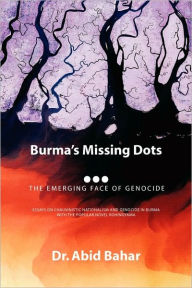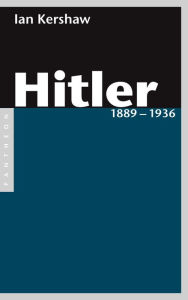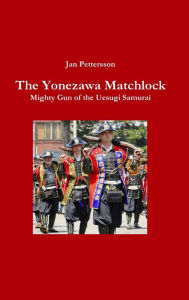'Mit gottlicher Gute geadelt'. Adel und Hallescher Pietismus im Spiegel der furstlichen Sammlungen Stolberg-Wernigerode.: Katalog zur Jahresaussstellu
by Thomas Ruhland (Editor)
2020-05-07 16:50:33
'Mit gottlicher Gute geadelt'. Adel und Hallescher Pietismus im Spiegel der furstlichen Sammlungen Stolberg-Wernigerode.: Katalog zur Jahresaussstellu
by Thomas Ruhland (Editor)
2020-05-07 16:50:33
English summary: The splendid representation of high nobles in the 18th century and the proverbial simplicity of Pietism could not be more opposed to each other. But, how does this apply to the very versatile network of between nobles and Pietism...
Read more
English summary: The splendid representation of high nobles in the 18th century and the proverbial simplicity of Pietism could not be more opposed to each other. But, how does this apply to the very versatile network of between nobles and Pietism, to which scholars have previously paid little attention? On the basis of the collection of the princely Stolberg-Wernigerode family, the 2014 exhibition of the Franckeschen Foundation shows the ambiguities in the lifestyle of counts Christian Ernst zu Stolberg-Wernigerode (1691-1771) and his family between a baroque display of splendor and a deep religiosity in the Pietistic sense. The accompanying scholarly catalog approaches this subject from various vantage points and outlines a broadly wide-ranging and partially surprising panorama of aristocratic culture and a Christian lifestyle. An overview of the variety and development of the nobles in the region of central Germany follows a study about the various alliance-systems and political strategies of the imperial counts, as well as a study on the county of Wernigerode under the aristocratic couple Christian Ernst and Sophie Charlotte. That the network of relationships between nobles and Pietism was influential throughout central Germany, the articles show to the Pietistic connection within the Kingdom of Denmark and the circle of Pietistic nobles at the court there as well as to the notable, political alliance of nobles and Pietism for the support of Protestantism in Silesia. This volume concludes with a study about the project of Pietistic, aristocratic education in royal pedagogium in the Franckeschen Foundation, which the close connection of noble and Pietistic lifestyle yet again symbolically enhanced. German description: Die prunkvolle Reprasentanz des hohen Adels im 18. Jahrhundert und die sprichwortliche Schlichtheit des Pietismus konnten gegensatzlicher nicht sein. Doch was ist mit dem bisher kaum erforschten und ausserst vielfaltigen Beziehungsgeflecht von Adel und Pietismus? Ausgehend von der Sammlung der furstlichen Familie Stolberg-Wernigerode zeigt die Jahresausstellung der Franckeschen Stiftungen 2014 die Ambiguitat der Lebenswelt des Grafen Christian Ernst zu Stolberg-Wernigerode (1691-1771) und seiner Familie zwischen barocker Prachtentfaltung und tiefer Religiositat im pietistischen Sinne. Der wissenschaftliche Begleitkatalog nahert sich dieser Thematik aus verschiedenen Blickwinkeln und entwirft so ein breit gefachertes und teils uberraschendes Panorama adliger Kultur und christlicher Lebensfuhrung. Einem Uberblick uber Vielfalt und Entwicklung des Adels im mitteldeutschen Raum folgen eine Studie uber die vielschichtigen Allianzsysteme und politischen Strategien der Reichsgrafen sowie ein Beitrag zur Grafschaft Wernigerode unter dem Ehepaar Christian Ernst und Sophie Charlotte. Dass das Beziehungsgeflecht von Adel und Pietismus weit uber den mitteldeutschen Raum hinaus wirkte, zeigen Beitrage zu den pietistischen Verbindungen ins Konigreich Danemark und den dorthin vermittelten pietistischen Adligen am Hof wie auch zu der bemerkenswerten politischen Allianz von Adel und Pietismus zur Unterstutzung des Protestantismus in Schlesien. Beschlossen wird der Band mit einer Untersuchung uber das Projekt der pietistischen Adelserziehung im Koniglichen Padagogium in den Franckeschen Stiftungen, welches die enge Beziehung von adliger und pietistischer Lebenswelt noch einmal symbolisch betont.
Less
























.jpeg)




